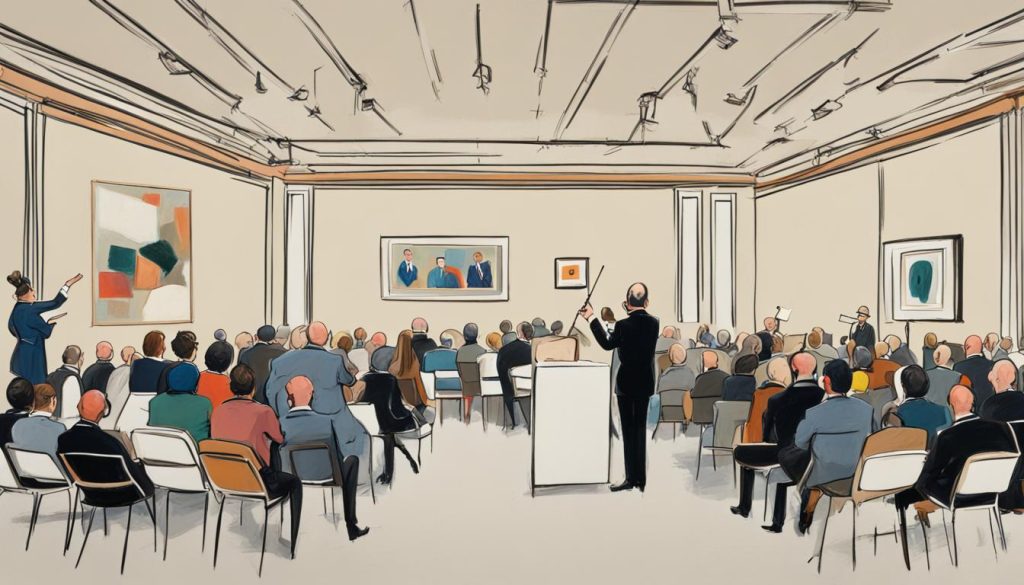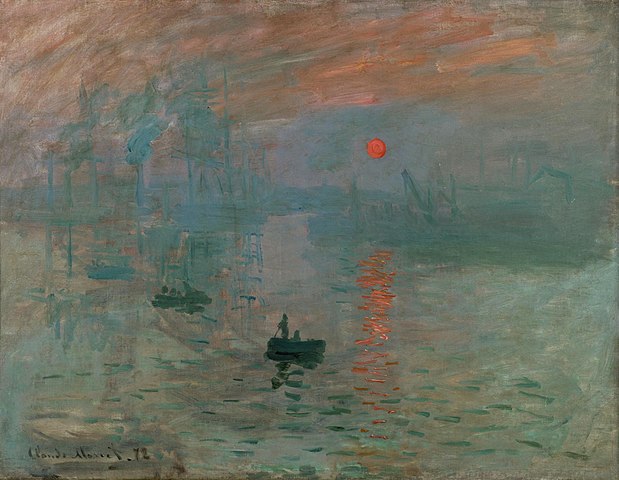
Art auctions can seem mysterious to those not familiar with their inner workings. However, unlocking the secrets of what drives success can help both buyers and sellers get the most value. This article will break down some of the key factors that influence bidding wars and sky-high sale prices.
Marketing and Promoting Top Lots at Art Auctions
One of the most important secrets is how auction houses promote their star items, known as “top lots.” Weeks before the auction, details of these prized works are shared broadly through press releases, advertisements, catalogue mailings, and social media. Auction houses want to create excitement and increase awareness of these notable pieces among serious collectors.
A table showing how different auction houses can promote their top lots:
| Auction House | Promotion Methods |
| Sotheby’s | Full page ads in ARTnews, targeted mailers to VIP clients |
| Christie’s | Dedicated website pages, sponsored Instagram posts |
| Phillips | Articles in ARTsy, emails to prospective buyers worldwide |
Studies have shown that lots receiving pre-auction PR and promotional efforts fetch prices 10-20% higher on average than less hyped items. The right marketing is a secret weapon for moving top art to the highest bidder.
As an example, consider this quote from the Christie’s catalogue about an iconic Warhol screenprint:
“Shot Sage Blue Marilyn (1964) is truly one of the great icons of 20th century art. With its explosive colors and frenetic imagery, it distills Warhol’s revolutionary vision and celebrity-driven era.”
This type of passionate description is meant to stir collectors and encourage a bidding war for the piece.
Another example is that auction houses promote star lots aggressively. In 2018, Sotheby’s spent over $500K marketing Rothko’s No. 6, saturating markets with advertisements and mailers to VIP clients. Their efforts paid off as it achieved $50 million, well above estimates. Similarly, Christie’s digital campaign for da Vinci’s Salvator Mundi attracted over 200 million views on social media, stoking fervour that led to its record $450 million final price.
Using Auction Estimates to Drive Bidding
Another key strategy is how auction houses set pre-sale estimates to influence outcomes. Estimates that are too low can leave money on the table, while those too high may fail to generate interest. Some secrets behind effective estimates:
- Factors like artist fame, work quality, and auction track record are considered
- Upper and lower ranges aim to entice both prestige-seeking and value-conscious buyers
- Estimates sometimes miss intentionally to create intrigue or justify sensationally high final prices
Getting the estimates right is an art in itself for optimizing prices. It’s a secret closely guarded by auction specialists.
Estimates are a useful tool but are sometimes miss-stated intentionally. In 2018, an Infinity Mirrored Room by Kusama Christie’s sold for $2.3 million in May 2018. This work had a low estimate of $1.5 million, substantially under its likely worth. This lured bidders eager for an under-market deal, driving the final sale to $2.3 million. Sotheby’s takes a similar calculated approach, generally leaning conservative to ignite a bidding frenzy.
The Impact of Guarantees
Guarantees, where a third party promises to purchase an artwork at a minimum price if it fails to sell, are another influential – yet somewhat opaque factor. A short primer:
- Guarantors are usually wealthy collectors who see supporting an auction as an investment
- Guarantees reassure consignors and heighten prestige, bringing out top-tier bidders
- Auction houses are unlikely to publicly disclose if a work previously failed to meet its guarantee
- Prices on guaranteed lots tend to far surpass estimates as many view it as a privileged acquisition
While the identities of guarantors often remain secret, their role in spurring competition is undeniable. It shows how financial manoeuvres shape outcomes behind the scenes.
In 2014, Cohen was the only bidder for the Alberto Giacometti sculpture “Chariot,” which he had guaranteed at $100 million with the auction house.
Auction houses sometimes partner with a collector, gallery, art advisor, or investor for a third-party guarantee. In such cases, the auction house and the guarantor share the risk and the potential profit. For example, if an artwork is guaranteed for $100 million and it sells for $110 million at auction, the extra $10 million is shared between the auction house and the guarantor.
Utilizing Specialists to Optimize Results
Of course, no discussion of auction secrets is complete without mentioning the specialists—the elite teams of experts who advise consignors, evaluate works, and work the room on sale day. Specialist knowledge and personal networks are invaluable. Some ways they apply their expertise:
- Advising consignors on timing, estimates, and guarantees to maximize returns
- Canvassing top collectors before auctions to gauge interest and line up likely underbidders
- Whispering appraisals and prizing rarity during proceedings to buoy prices
- Using deep knowledge of market trends to recognize emerging artist opportunities
Specialists are auction insiders who know where the bodies are buried. Their influence in elevating sales and prices is undoubtedly one of the best-kept insider secrets.
Elite specialists have cultivated clients for decades. The sale of David Hockney’s 1972 oil painting “Portrait of an Artist (Pool with Two Figures)” at a 2018 Phillips auction generated significant interest and bidding among collectors. The painting was initially estimated to sell for around $12 million, but the whispered praise of a specialist to two wealthy collectors during the auction sparked a bidding war that ultimately drove the final sale price to a record-breaking $90.3 million. The incident highlights the influence of experts and the dynamics of the art market in shaping the value and desirability of artworks.
In Conclusion
In summary, successful art auctions rely on secrets like targeted marketing of star lots, nuanced price estimating, strategic use of guarantees, and specialist know-how and bidder psychology. While these insider techniques may not be widely publicized, understanding their impact can help both new and experienced auction participants get a competitive edge. Whether buying or selling, leveraging auction house strategies and secrets is key to optimizing results in this glamorous but guarded world.
Of course, learning more about art auctions through experience over time remains invaluable. But hopefully, this post has offered a starter’s guide into some of the hidden factors that drive the dramatic sales and record-breaking prices that captivate the art world.



